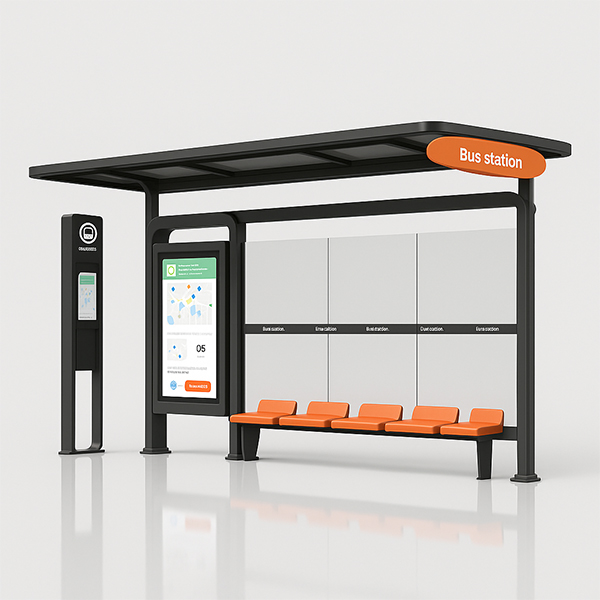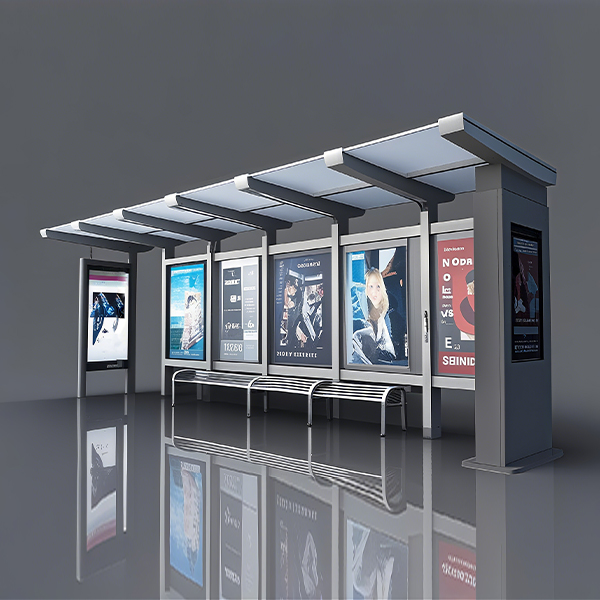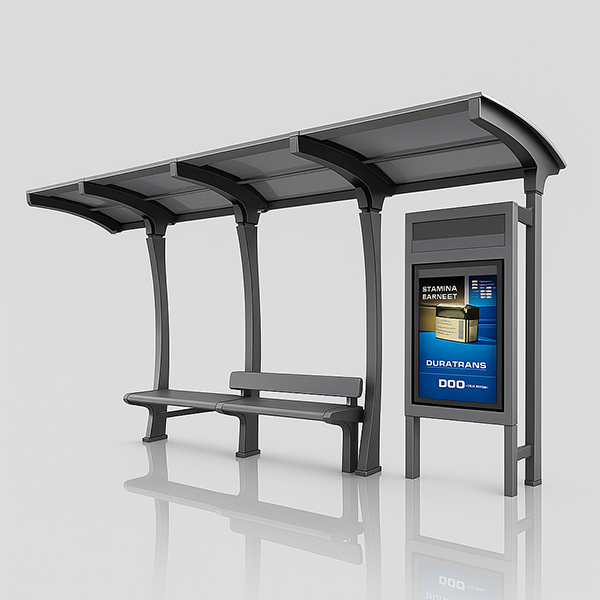
best digital signage player
Choosing the right digital signage player can significantly impact the effectiveness of your display network. This guide provides a detailed overview of factors to consider when selecting a digital signage player, helping you make an informed decision based on your specific needs and budget. We'll explore key features, different player types, and provide recommendations to guide your search for the best solution.
Understanding Digital Signage Players
What is a Digital Signage Player?
A digital signage player, also known as a media player or digital signage media player, is a small computer specifically designed to run digital signage software and display content on screens. These players receive content from a content management system (CMS) and seamlessly display it on connected screens, often in a loop or scheduled sequence. The choice of digital signage player directly impacts the reliability, scalability, and overall performance of your digital signage network.
Key Features to Consider
Several key features differentiate digital signage players. Consider the following when making your selection:
- Processing Power: More powerful processors handle complex graphics and video content more smoothly.
- Memory: Ample RAM and storage are crucial for running multiple applications and storing large media files.
- Connectivity: Look for players with various connectivity options like Ethernet, Wi-Fi, and potentially USB for local content playback.
- Operating System: Common operating systems include Android and Linux. Each has its pros and cons regarding software compatibility and security.
- Resolution Support: Ensure the player supports the resolution of your screens to avoid compatibility issues.
- Security Features: Robust security measures are essential to protect your content and network from unauthorized access.
- Ease of Use: A user-friendly interface simplifies content management and troubleshooting.
Types of Digital Signage Players
Android-Based Players
Android-based digital signage players offer wide software compatibility and a vast app ecosystem. They are generally easier to manage and more affordable than other options. However, security can be a concern if not properly configured.
Linux-Based Players
Linux-based players often prioritize stability, security, and performance. They are well-suited for demanding applications and large-scale deployments. However, they might require more technical expertise to manage.
Hardware-Encoded vs. Software-Encoded Players
Hardware-encoded players utilize dedicated hardware for video processing, resulting in smoother playback and reduced CPU load. Software-encoded players rely on the CPU for encoding, which can impact performance, particularly with high-resolution video.
Choosing the Right Digital Signage Player for Your Needs
The best digital signage player depends on your specific requirements. Consider factors like budget, screen size, content complexity, and technical expertise when making your decision. For example, a small business with a single display might opt for an affordable Android-based player, while a large corporation with a network of displays might prefer a more robust, managed Linux-based system. For advanced features such as interactive displays, ensure the digital signage player has the necessary capabilities. Always check for compatibility with your chosen CMS.
Top Digital Signage Player Brands (Examples – further research is recommended)
Several reputable brands offer high-quality digital signage players. Research and compare features, specifications, and pricing before making a purchase. Consider factors like warranty, support, and ease of integration with your existing infrastructure.
Conclusion
Selecting the appropriate digital signage player is a critical step in creating a successful digital signage deployment. By carefully considering the factors discussed in this guide, you can choose a player that meets your needs and budget, ensuring optimal performance and a positive user experience. Remember to factor in ongoing maintenance and support costs when evaluating different options. For a comprehensive range of digital signage solutions, consider exploring advanced options available from companies like Shandong Luyi Public Facilities Co., Ltd., which offer tailored solutions and professional support.
Соответствующая продукция
Соответствующая продукция
Самые продаваемые продукты
Самые продаваемые продукты-
 Semi-enclosed Bus Stop Shelter
Semi-enclosed Bus Stop Shelter -
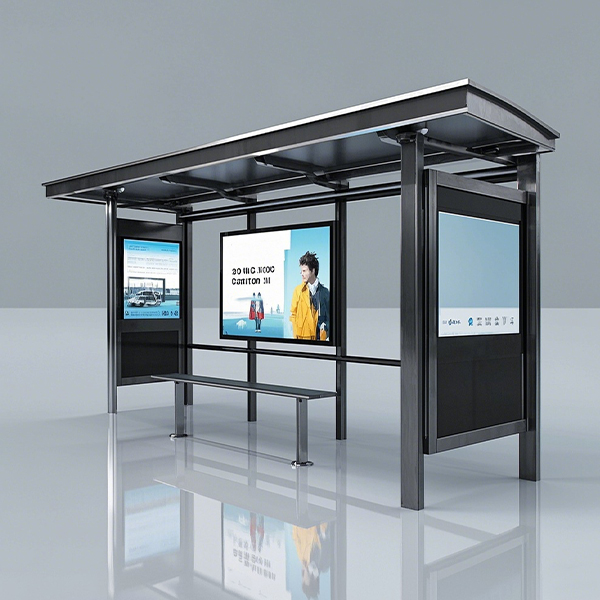 Three Advertising Box Bus Stop Shelter
Three Advertising Box Bus Stop Shelter -
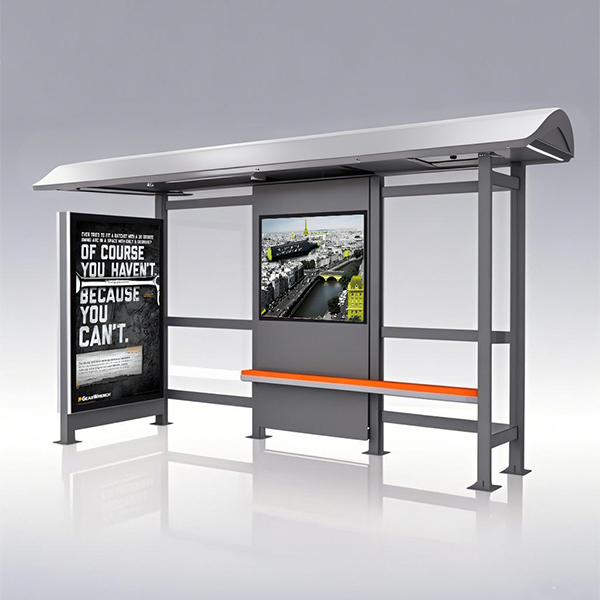 Curved Shed Bus Stop Shelter
Curved Shed Bus Stop Shelter -
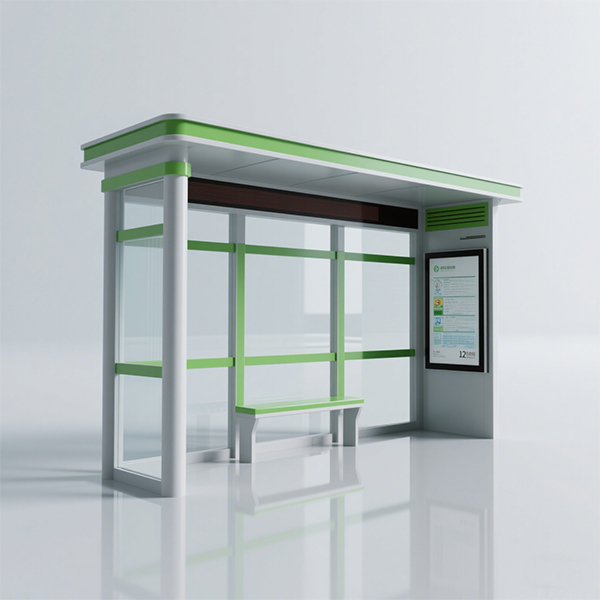 Semi-enclosed Bus Shelter
Semi-enclosed Bus Shelter -
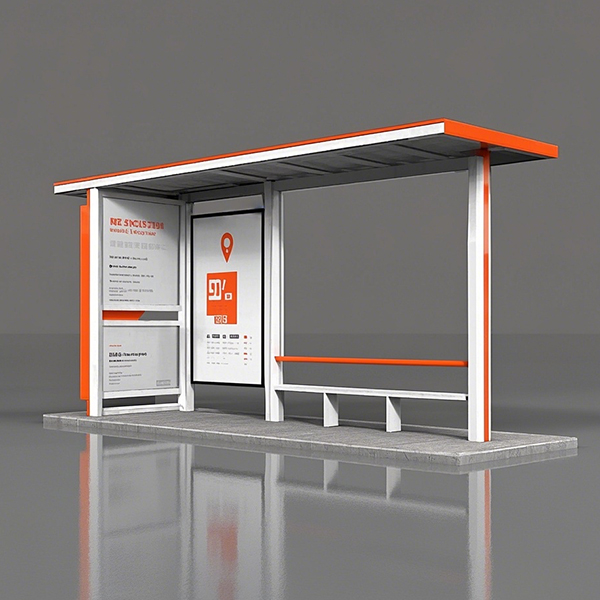 Simple Bus Shelter
Simple Bus Shelter -
 Large Format Advertising Box Bus Shelter
Large Format Advertising Box Bus Shelter -
 Stainless Steel Bus Shelter
Stainless Steel Bus Shelter -
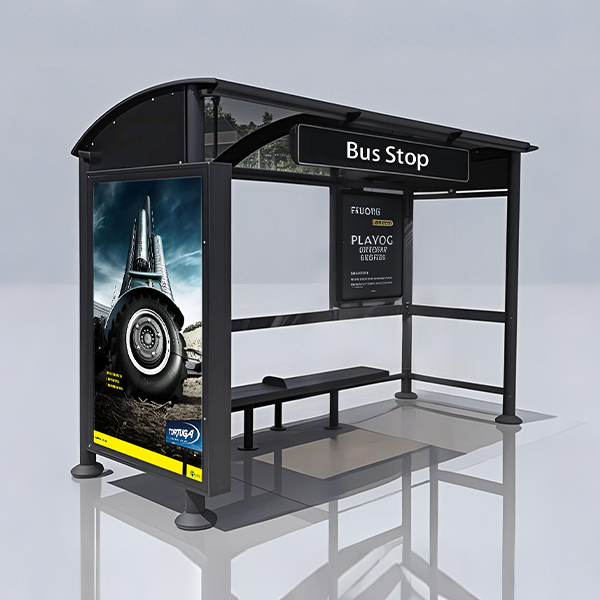 Curved Shed Bus Stop
Curved Shed Bus Stop -
 Stainless Steel Bus Stop
Stainless Steel Bus Stop -
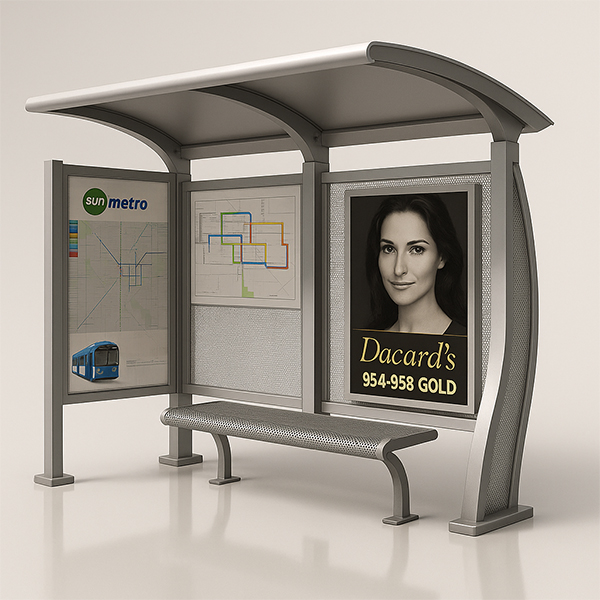 Curved Shed Bus Stop Shelter
Curved Shed Bus Stop Shelter -
 Single Light Box Bus Stop
Single Light Box Bus Stop -
 Digital Signage
Digital Signage







